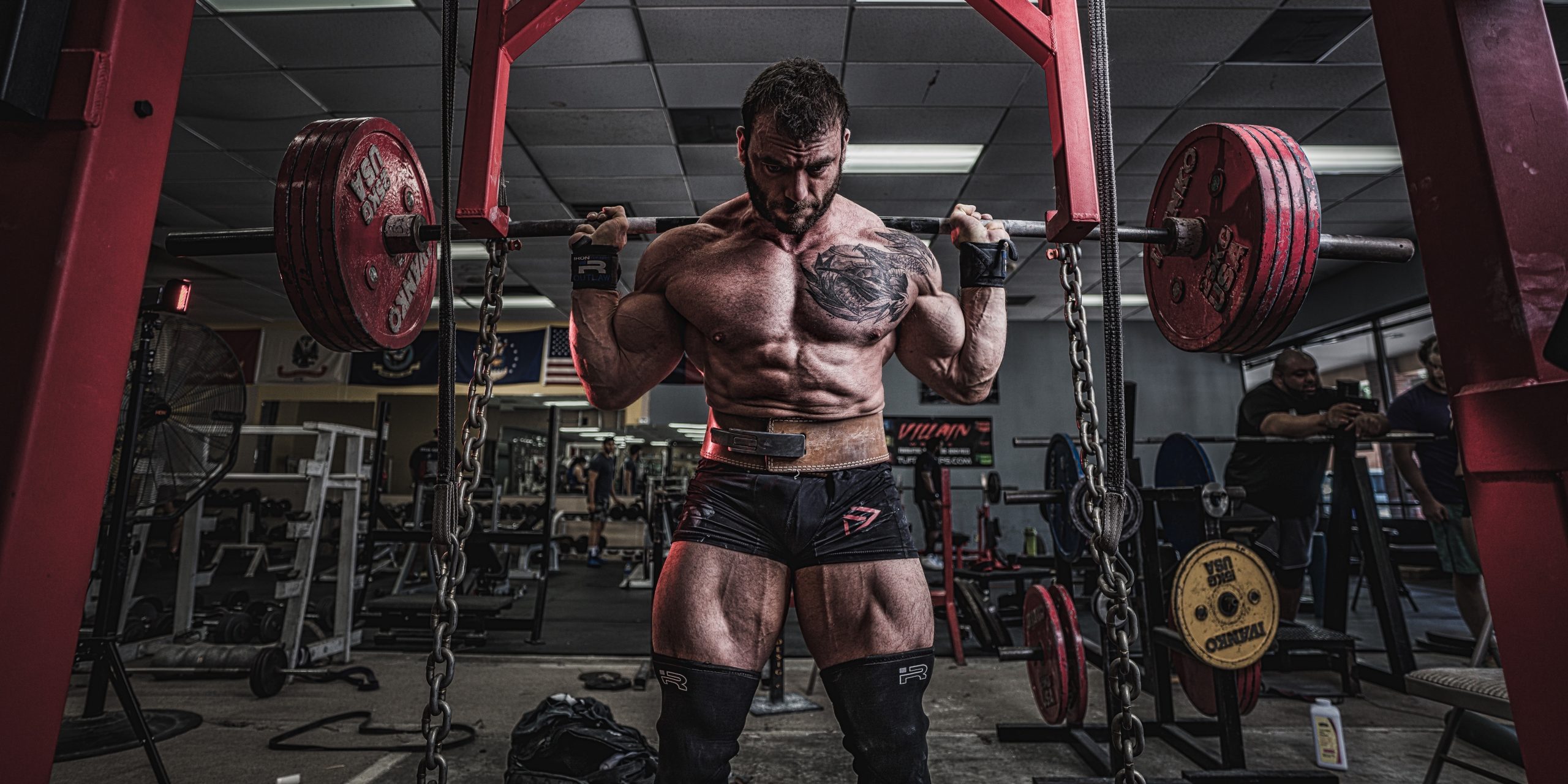
This post is inspired by a question posted on the Myoplasmic.com members' group on Facebook. During the epidemic, to offer as much help to the strength training community as possible, Justin and I have opened this group for free to all lifters. Just search "Myo Members" on Facebook and request to join.
One of the most common squatting mistakes I see involves what I call "Rippetoe elbows," where the arms are pointed almost straight back, parallel to the bar. Now, I get why Mark Rippetoe recommends this style in his Starting Strength book: it's targeted at beginners, who often lack the shoulder size necessary to support a loaded barbell during the squat. Keeping the elbows up forces you to flex your rear delts, providing a nice shelf for the bar to sit on.
But, for those of you past the beginner level, this position is not ideal. Notice the differences between these two squats:
See how much more of an upright position Dan is able to maintain throughout the lift, even with a much heavier load? That's partly due to his elbow positioning. Of course, there are other factors as well: Dan has a bit longer torso, a slightly higher bar position, and probably a lot more training experience than the other squatter. However, I feel safe in making the following generalization that will apply to most lifters:
Your torso angle will follow your elbow position.
That is exactly why you need to keep your elbows pointed straight down, under the bar, as much as possible: it will lead to a more upright torso that will allow you to keep your hips closer to the bar, shortening the EFFECTIVE range of motion (not the actual range of motion — just the part where you're actually moving the bar upwards rather than re-positioning your body to allow for better leverage).
Conversely, when your elbows point back, parallel to the bar, you're more likely to lean forward, push your hips AWAY from the bar, put yourself into a mechanically disadvantageous position, and ultimately make the lift harder.
Keep in mind that shoulder mobility will significantly limit your ability to point your elbows down, which I why I recommend the talon grip so often:
You can also see this in effect when using the Elitefts Yoke Bar: the handles require your elbows to be pointed down, which (in addition to the higher bar position of the Yoke) will keep your torso more upright and make the lift much harder.
Again, remember that this is a generalization. It won't hold true for everyone, and it's certainly not the only factor influencing torso position in the squat (or even the most important one). But if you're struggling to stay upright, give a new elbow position a shot and see if that helps!








